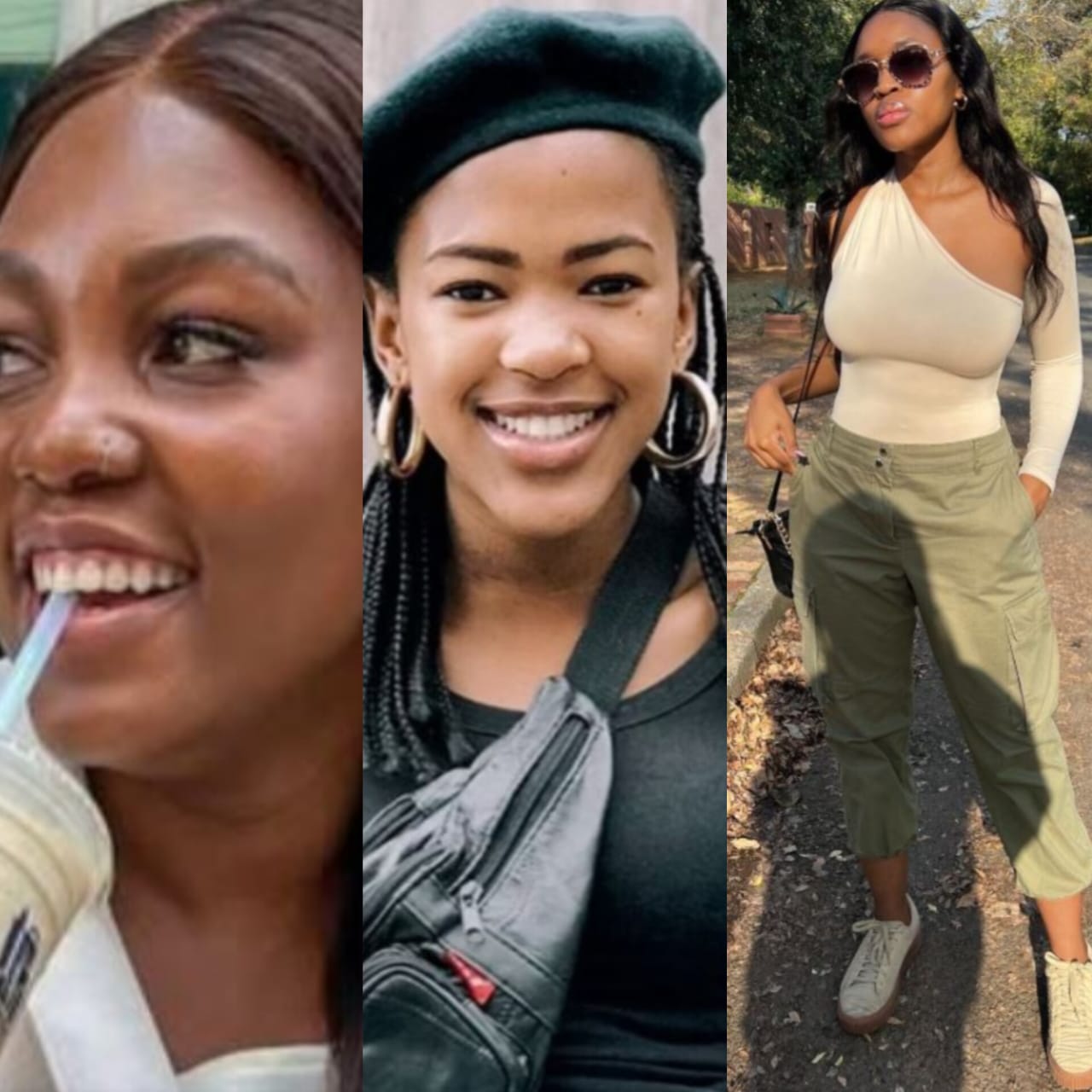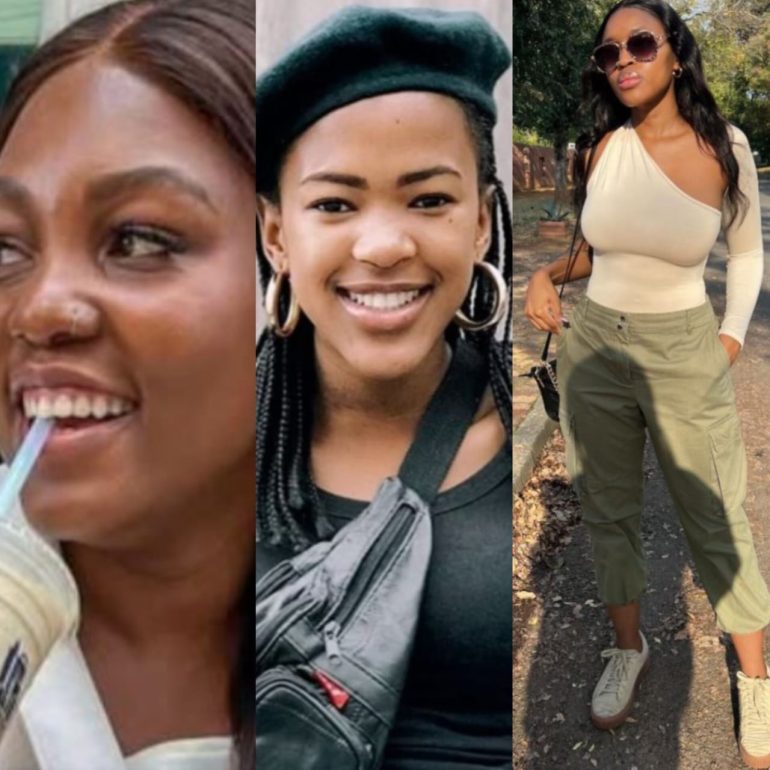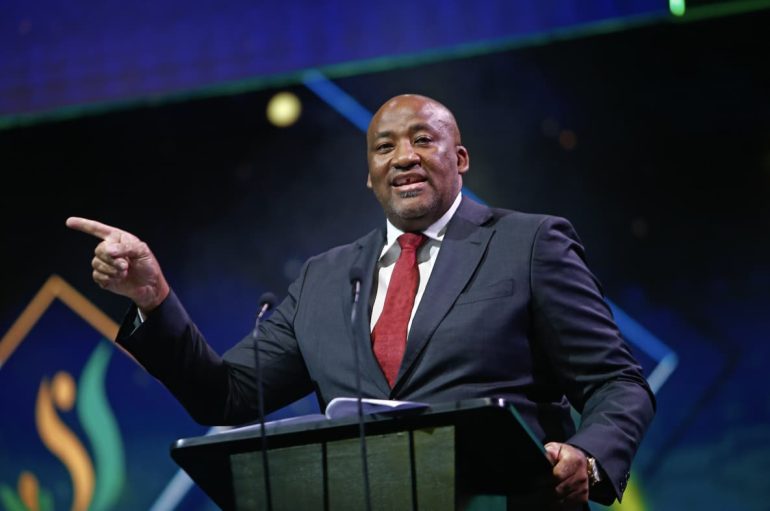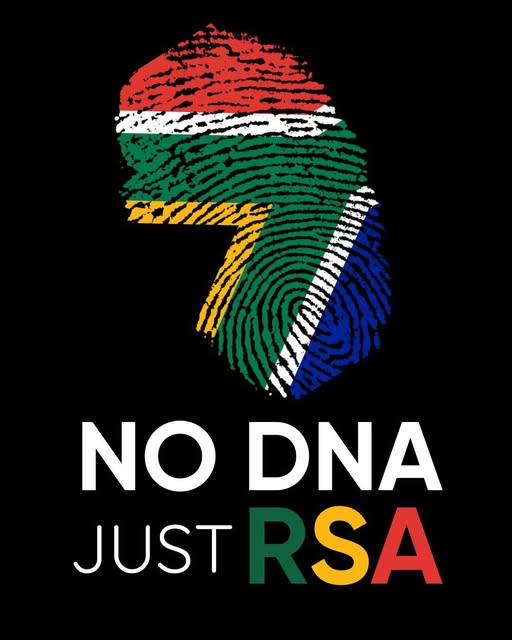

Last week, the South African delegation attempted to defend the country before an ill-informed Donald Trump who, unsurprisingly, refused to be led by facts. Among the many issues raised, the delegation cited crime as one of South Africa’s biggest problems.
However, what was painfully absent from their presentation was a nuanced picture of how crime in South Africa is not faceless. Crime has a face. And often, that face is Black, poor, and female. It reflects the day-to-day lived conditions of South Africa’s working-class majority, that is often victimised by a structural neglect and disparities.
South Africa remains one of the most violent countries in the world, with a murder rate of over 45 per 100 000 people. In 2019 alone, 21 022 people were murdered, translating to 58 murders a day. The townships of Inanda, Nyanga, Delft, Khayelitsha, and Mfuleni regularly top the list of the most unsafe places in the country.
Inanda is now referred to as the “rape capital,” while Nyanga is known as the “murder capital.” These are not just statistics, they are symbols of state failure and reminders of a fractured social contract, wherein government has failed to uphold social, economic and political protection.
These townships are also hotspots for Gender-Based Violence (GBV). According to the South African Police Service (SAPS), GBV cases, including domestic violence, are disproportionately high in high-crime areas. The convergence of violent crime and GBV is no coincidence.
It underscores the devastating consequences of a state that has failed to enforce law, order and protection. In South Africa, the failure to curb crime results in the double victimisation of vulnerable people, especially women and children. They are victimised by both the crimes committed against the community and the state’s failure to protect them from the perpetrators.
When motivated offenders know there is little to no consequence, they act with impunity and their targets are the most vulnerable among us.
Take the tragic story of Olerato Mongale, a university student recently murdered by a man reportedly driving a stolen car. She fell into a trap she could not have foreseen. Like many other victims of GBV, Olerato’s death is the result of a criminal psychology emboldened by a justice system in disrepair. She was not just a victim of an individual act of violence — she was failed by a government that did not uphold its end of the social contract. The state has continuously failed to fight and prevent crime.
Consider the stories of Tshegofatso Pule, murdered by a man with a history of violent behaviour; and Uyinene Mrwetyana, raped and killed by a post office worker with a prior record that he did not rehabilitate from.
These are not isolated incidents but part of a broader pattern that reveals systemic rot and negligence. Each case reflects a failure of institutional safeguards and a justice system that permits repeat offenses. But these stories are not just about personal tragedies — they are part of a systemic issue that must be addressed with urgency.
In 2019, it was reported that the National Prosecuting Authority (NPA) had a conviction rate of only 3% for the so-called “trio crimes”— vehicle hijacking, home robberies, and business robberies. This statistic underscores the systemic failure to prosecute violent crimes that embolden criminals to loom large. Yet, despite these alarming numbers, the justice system continues to fall short, often due to under-resourcing, corruption, and mismanagement within key institutions like the NPA.
This failure to prosecute serious crimes is further highlighted by the controversial case of Pastor Timothy Omotoso, who was recently acquitted in the Eastern Cape. Despite the gravity of the charges —ranging from human trafficking to rape, the prosecution’s case collapsed due to inadequate legal representation, mismanagement, and failure to present key evidence.
Omotoso’s case speaks volumes about the cracks within South Africa’s judicial system, where even high-profile and well-documented cases of GBV fail to secure justice for victims. It raises a question about the skills needed within these institutions in-order to crack down on GBV. In her judgment on the Omatoso case, Judge Shoeman said: “It is inconceivable that a prosecutor with 14 years experience does not know what the definition of rape is”.
The failure of the NPA alarms the persistence of structural violence. Violence is not always direct or physical – it is also embedded in societal structures that prevent individuals from meeting their basic needs, such as justice.
Similarly, Routine Activity Theory in criminology suggests that crime flourishes in the absence of capable guardianship. In communities plagued by poverty and weakened institutions, this absence becomes deadly.
The moral decay we witness is also shaped by South Africa’s capitalist and patriarchal societal structure. In a society where Black men are hardly empowered, many internalise a toxic form of masculinity that equates power with control and dominance. Violence becomes a way to assert authority in the absence of socio-economic and psychological power.
Thus, GBV must not be seen in isolation from broader systemic failures. It is a symptom of a failed social contract, economic injustice, broken institutions, and harmful cultural norms. The lack of accountability within the NPA, the police, and the justice system at large exacerbates the crisis, allowing violent offenders to operate with impunity.
To address it requires more than legal reforms; it demands a radical restructuring of how power, justice, and protection are distributed in our society. Until South Africa rebuilds its social contract – with justice, dignity, and accountability at its core – women will continue to be the collateral damage of a state that has lost control of its moral and institutional authority. Written by a researcher at the City of Tshwane, Lesego Mahlangu, who writes in her personal capacity.
Written by: Lindiwe Mabena
Similar posts
Current show
Upcoming shows

Sunday Feels Part I, with Sizwe
6:00 am - 10:00 am

Sunday Feels Part II, With Karen
10:00 am - 2:00 pm

The Global Experience with Just Mo
2:00 pm - 6:00 pm

Sundaze with Fif_Laaa
6:00 pm - 10:00 pm

Savage Nights with Thabo X and Shamiso
10:00 pm - 12:00 am
Latest posts
COPYRIGHT 2023







